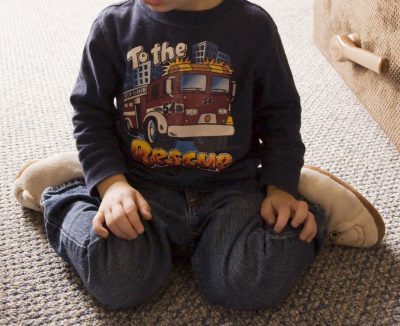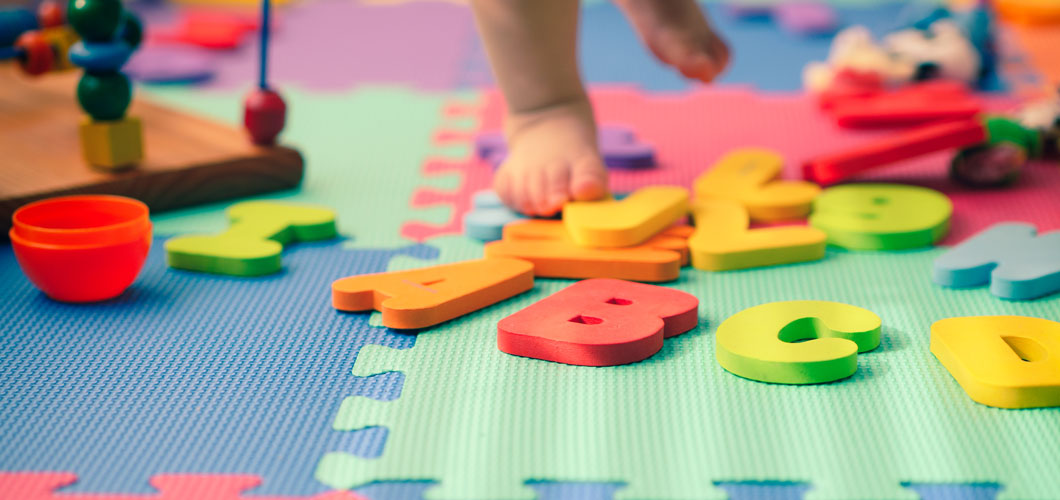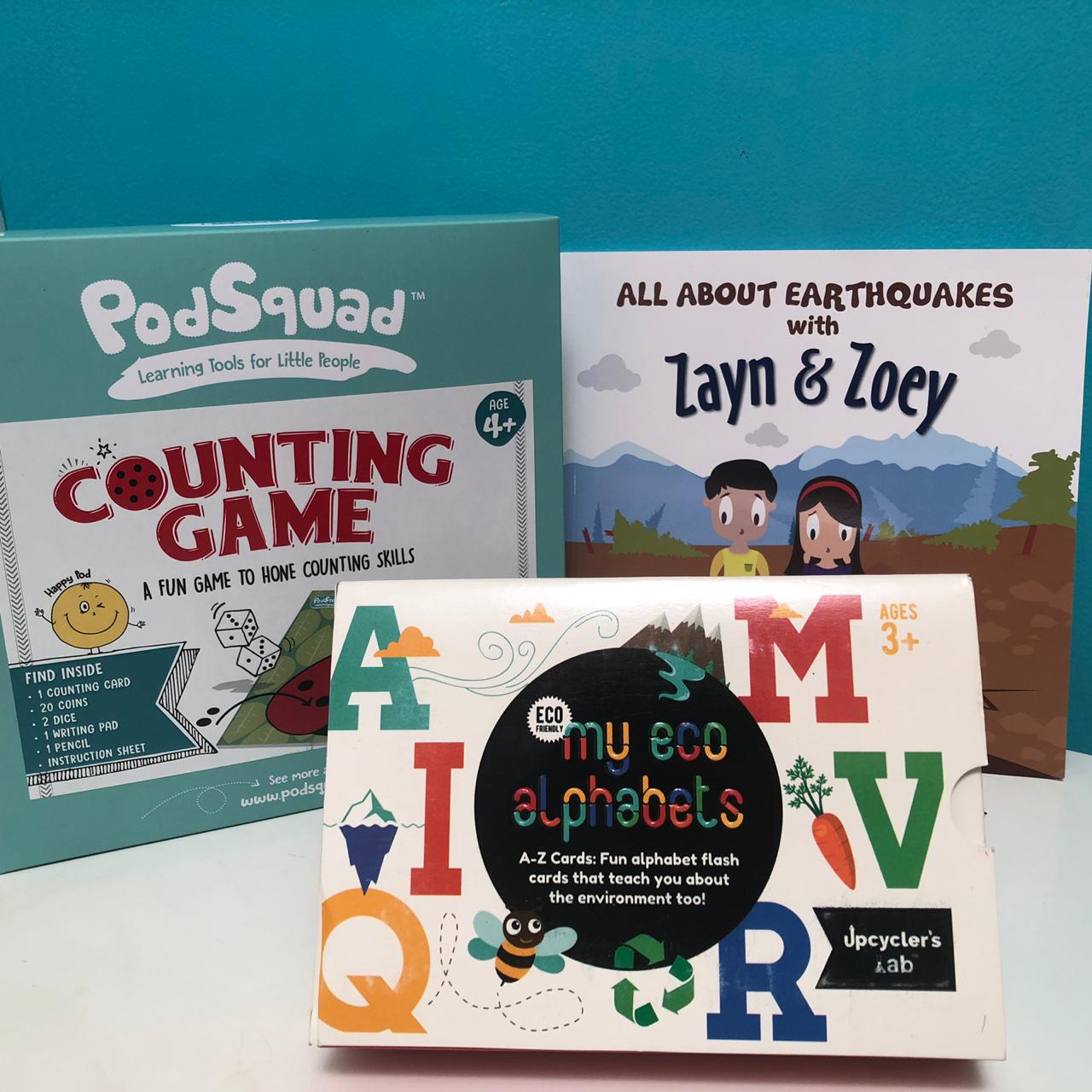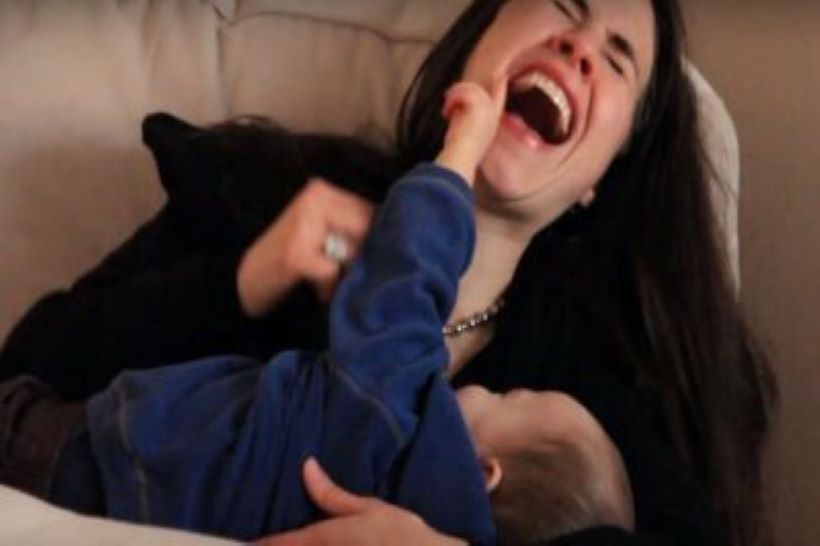Look at the way your child is sitting at this very moment. Is he/she sitting bottom down, crossing their legs or are they sitting in a way that their legs spell a W? The W pose – where their legs are in between the thighs with feet behind, has been a topic if hot debate among parents, paediatricians and of course on the internet.
There have been contrasting opinions on how harmful this W pose is or why it is not that serious and should be ignored. But, before you decide to let it be or stop it, it is important you know all about it. So here’s some probing into the what exactly is the W posture and what is all this fuss about?
W-Sitting: Much Ado About Nothing?
AÂ child’s anatomy is way different from that of an adult. Some children are born with their thigh bones turned inwards, a condition called femoral anteversion. This internal rotation of the thigh bone makes W sitting more comfortable. However, as the child grows, it automatically becomes normal. This condition is common among kids between 4-6 years of age. Also, some kids find this posture a lot more comfortable while sitting on the ground, as it increases their balance. So don’t panic or think your child’s legs might get intertwined or lose stability if this is her favourite sitting style. There’s just no evidence to prove it.
What Is Wrong With W-Sitting?
Everything has a flip side to it and likewise, the W pose too apparently comes with its bag of negatives. Research reveals that this pose also has its cons. So, here’s what you need to be aware of if your baby is used to sitting in the W posture.
1. W-sitting limits the core strength, causes muscle tightness and also causes neurological issues.
2. Delayed development in the gross motor skills like coordination and balance. So if you are raising your child to be an athlete, curb this posture immediately.
3. Can lead to orthopedic problems especially with the hips, knees, and ankles, including knock-knees and in-toeing or out-toeing of the feet.

Image source: cdn2.lemonlimeadventures.com
Expert’s Take:
Children with low muscle tone often choose W sitting. This gives them a wide support base and makes them stable while freeing their hands for play and other activities. What is wrong with this? They are functional in this position. Their hands and mind is free as they know they will not fall in this position. Do not force them to alter their position. In a normal child, it is not going to cause any orthopedic or muscle problem. However make sure they have no preexisting problems like unstable hip or tight hamstrings. So if W sitting is problematic because of underlying problems correct it. Remember W sitting can be normal. It may not require a correction always. Kids are smart, they know what they need. W sitting in fact may not be a problem, it is their solution-Â Dr. Arvind Kumar,Director HOD Pediatrics, Fortis Hospital, Shalimar Bagh
When Should You Worry?
Ignore your child’s W sitting habit if he/she is perfectly fine even after doing so. For all you know it might just fade with time. However, if your child is complaining of pain in the legs or the lower extremities, then there might be a reason to panic. Also, watch out for abnormalities while running or walking, like pigeon-toed gait, with feet facing inwards. If any of the above two conditions persist, rush to a doctor for help.
How Do You Stop It?
- As much as it is harmless, if you wish to nip the habit, then it is best to do so in the initial stage itself.
- The first and foremost option is to anticipate and catch your child before he or she cracks the posture.
- Avoid letting them play on the floor for a few days. This might make them forget the posture completely.
- Move around the toy or tab your child is playing with. This will distract them, make them move and also get out of the position.
However, if even after repeated attempts, your child is unable to sit in any other position, consult a doctor.
What do you feel? Is this pose good or bad? Tell us in the comments below!


















